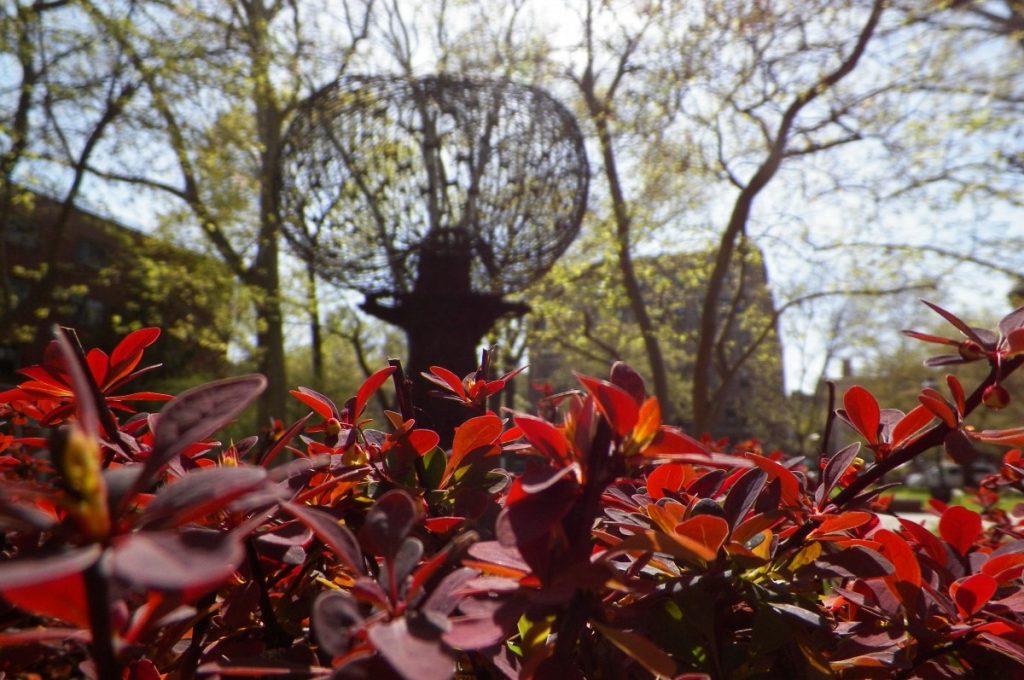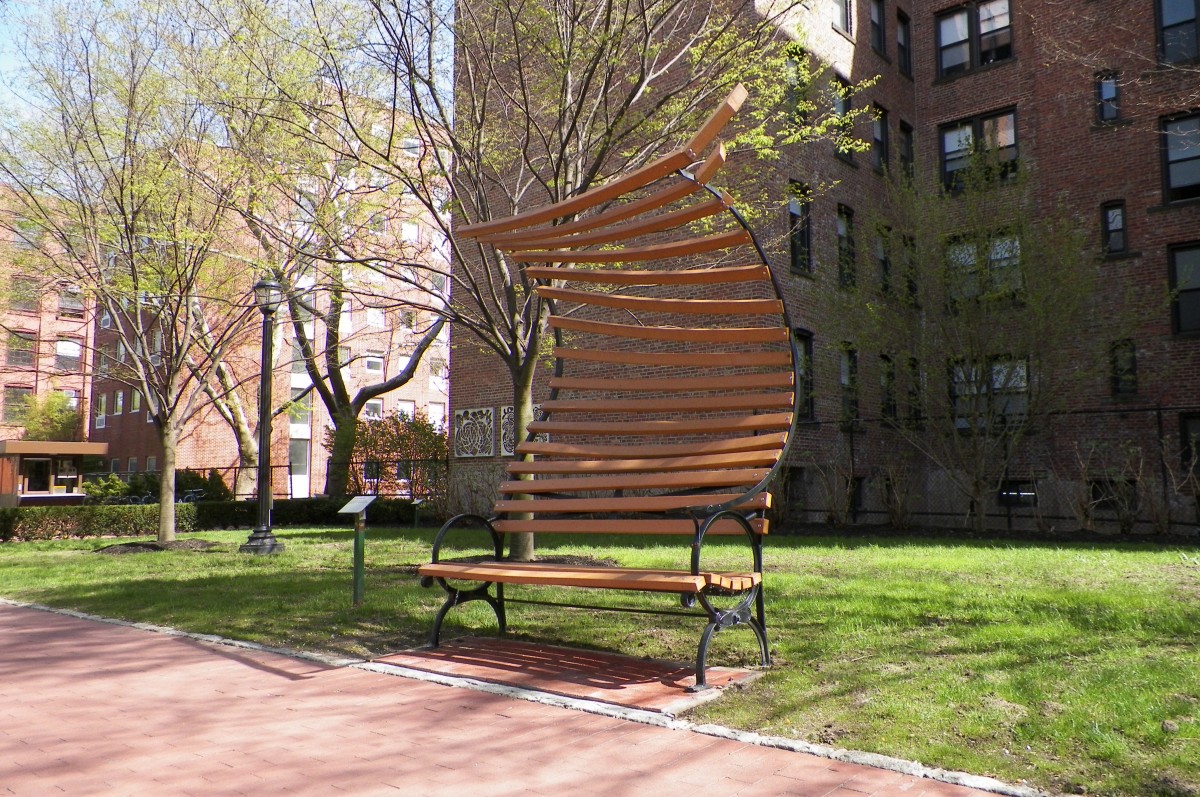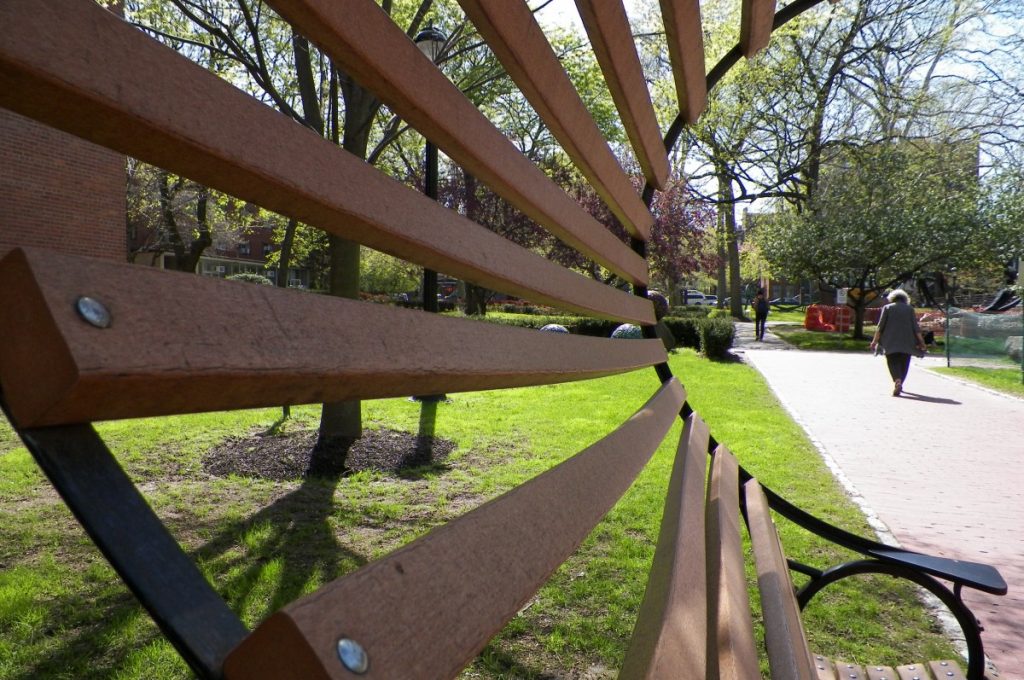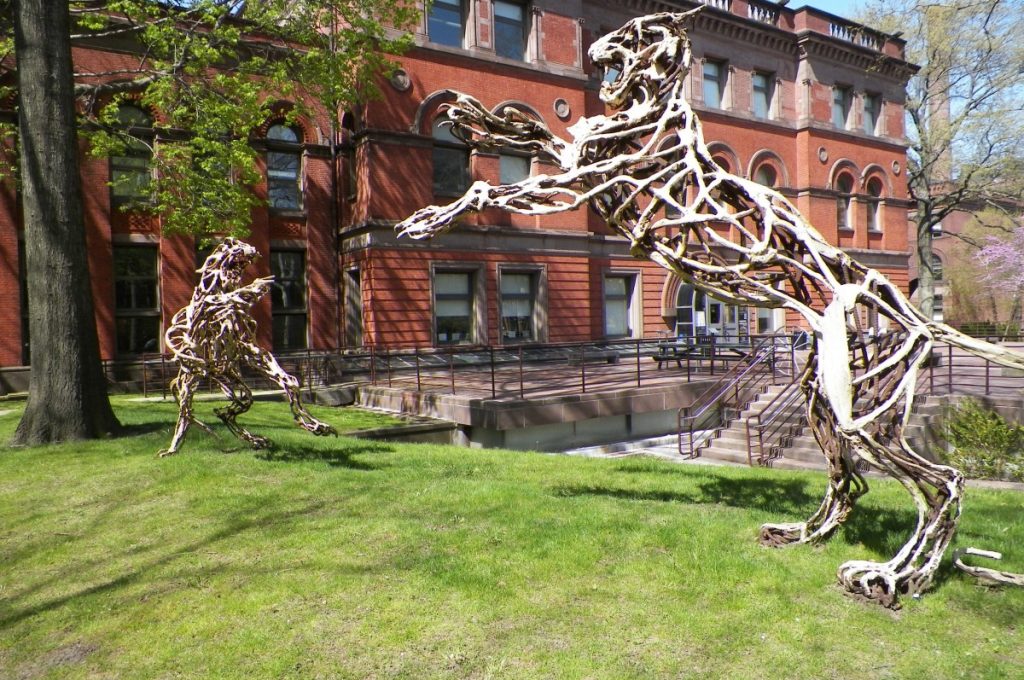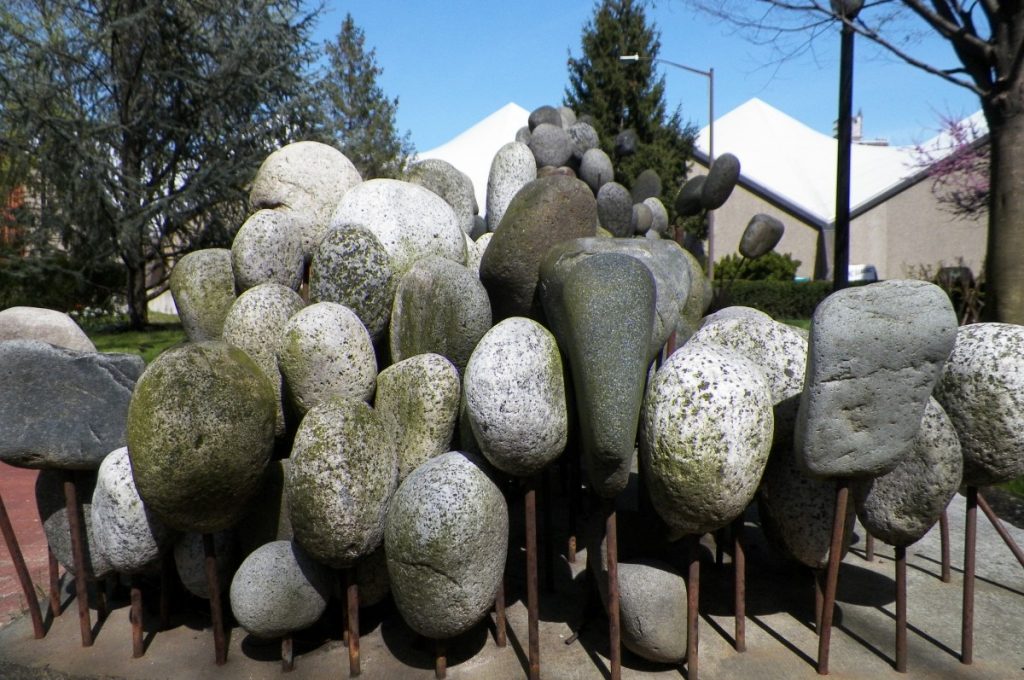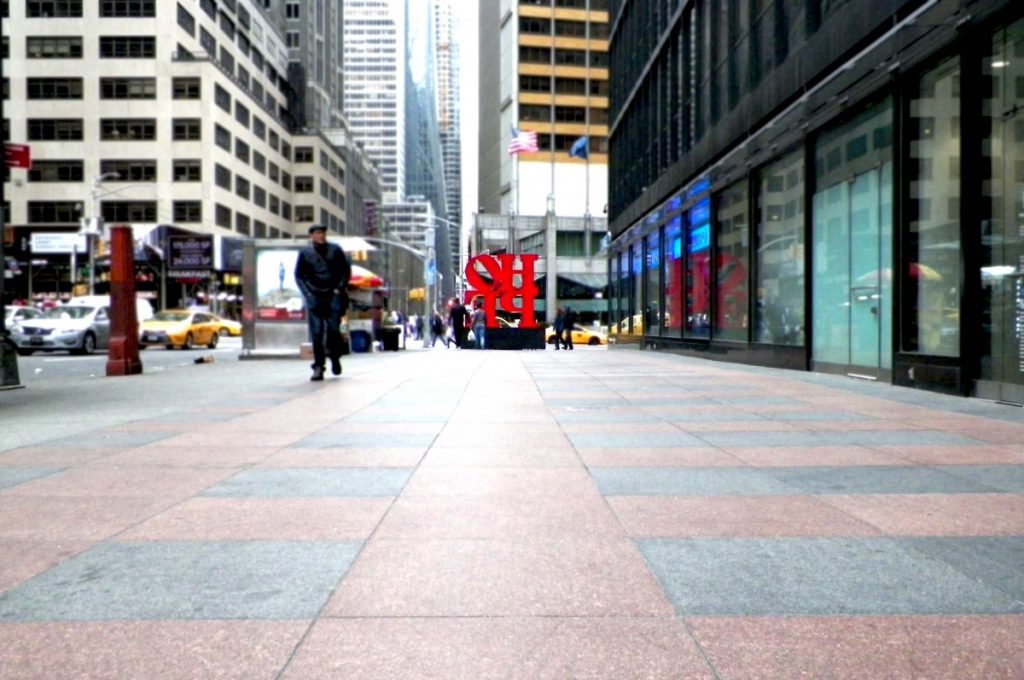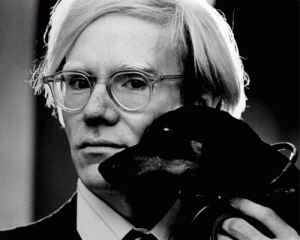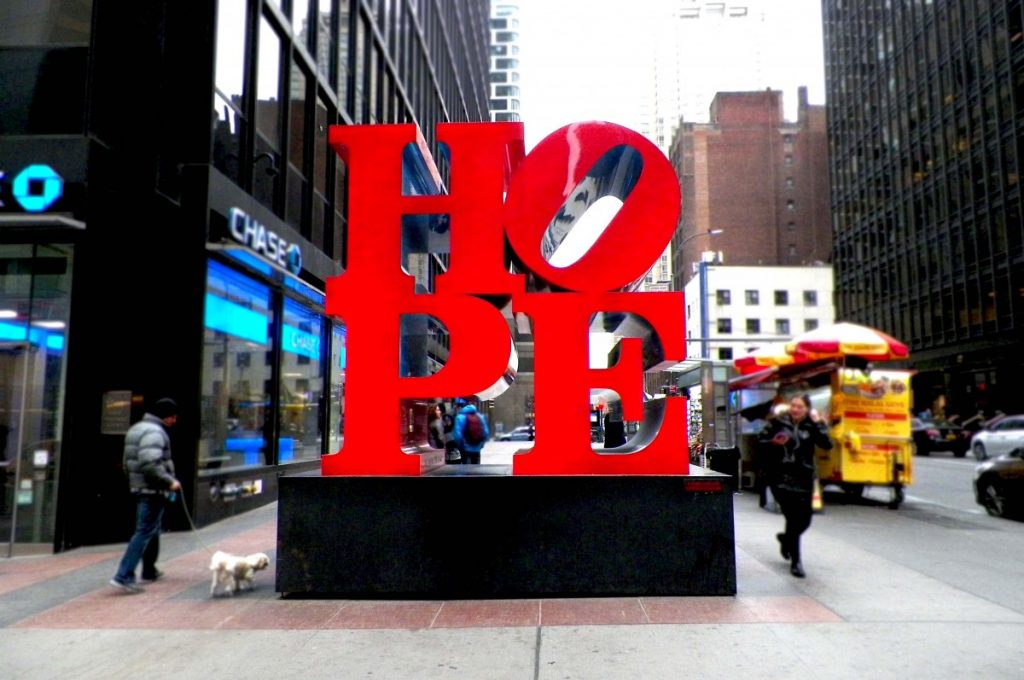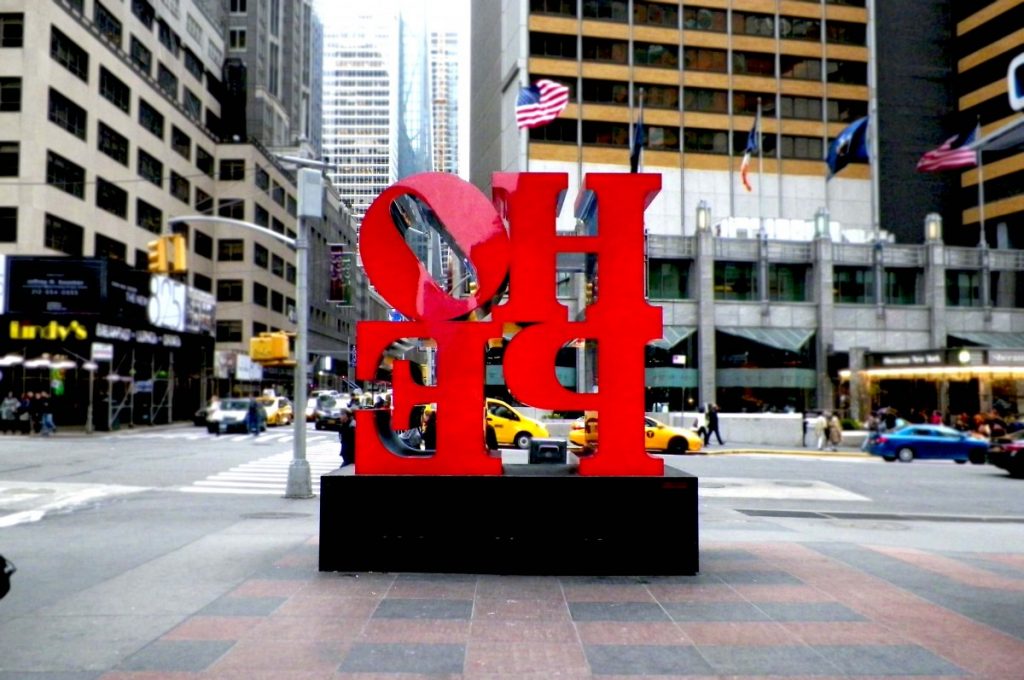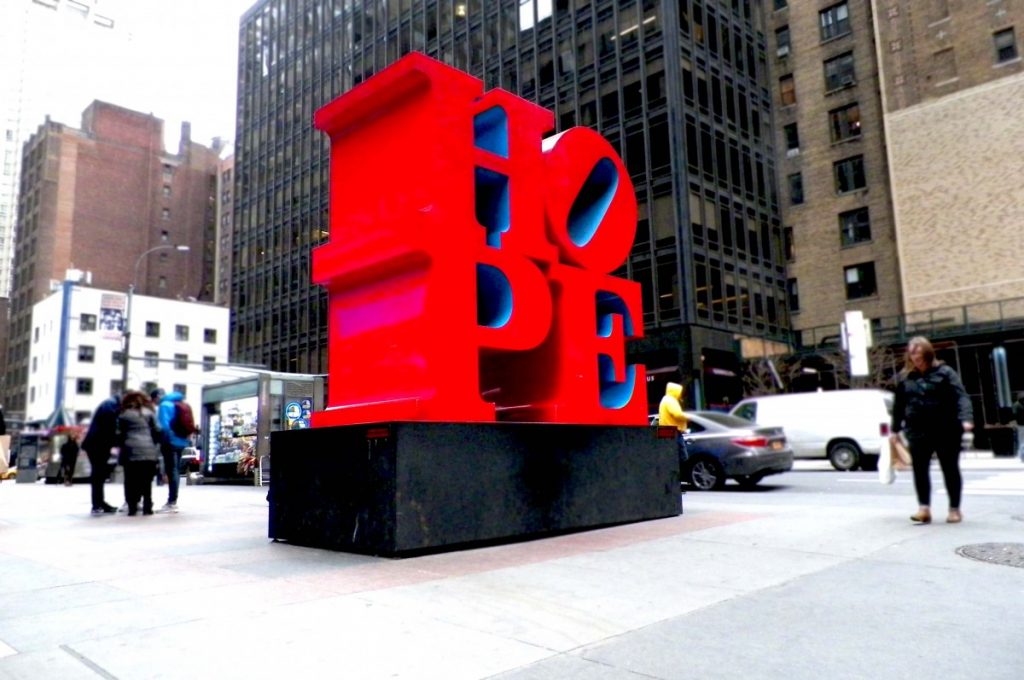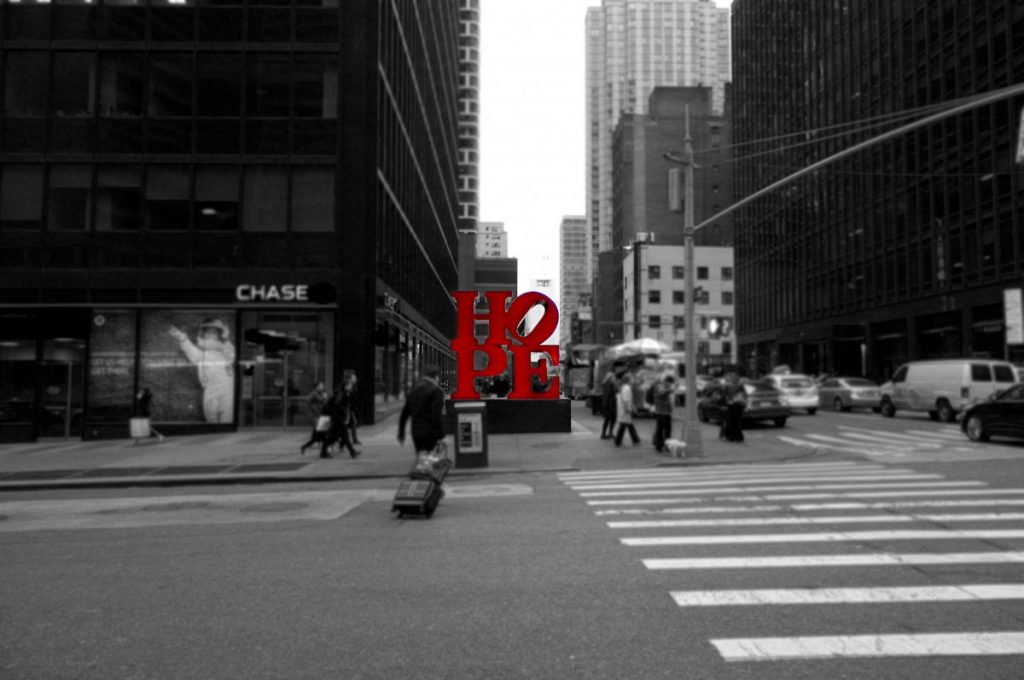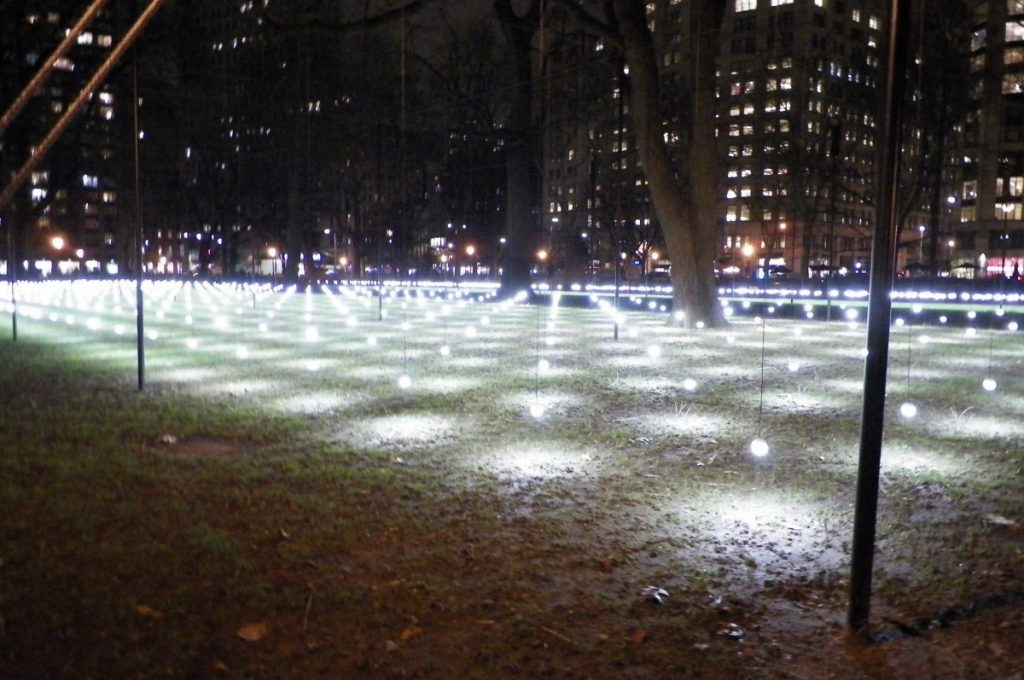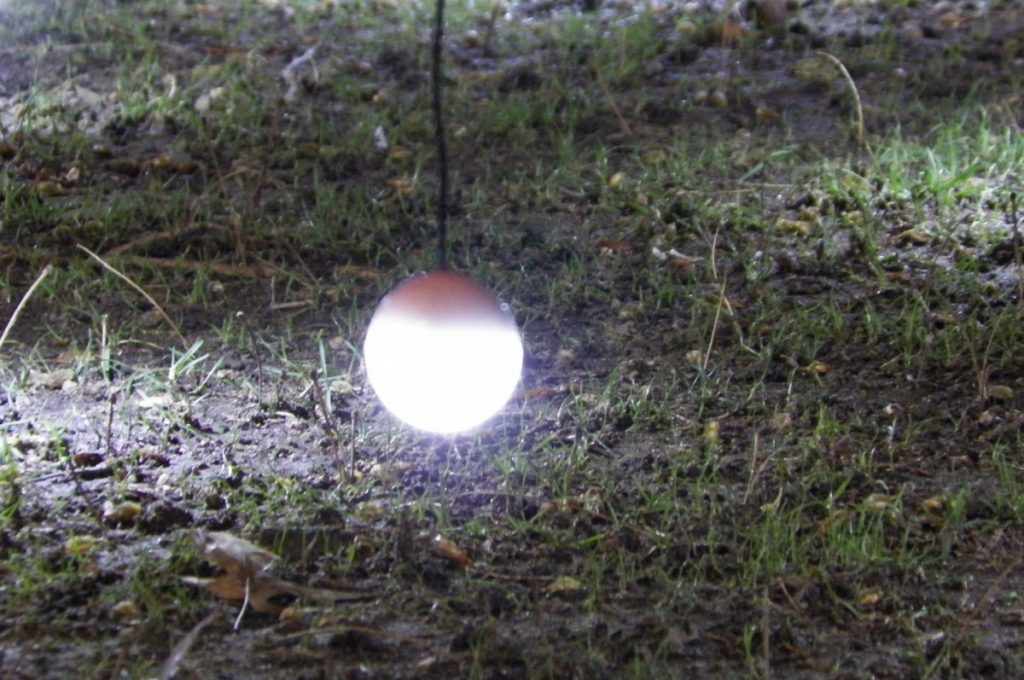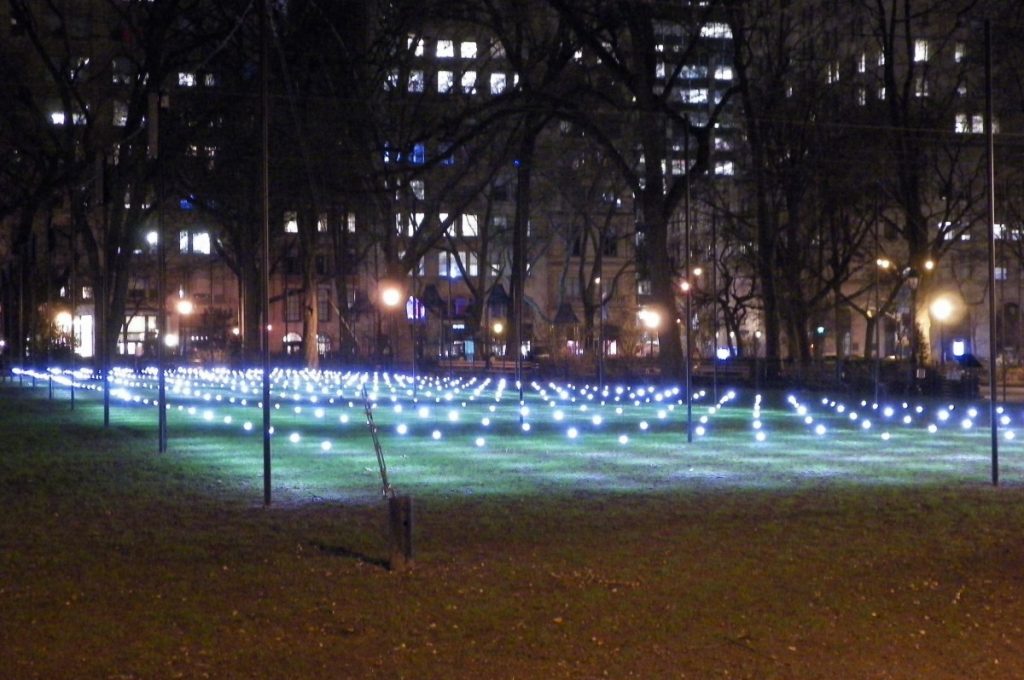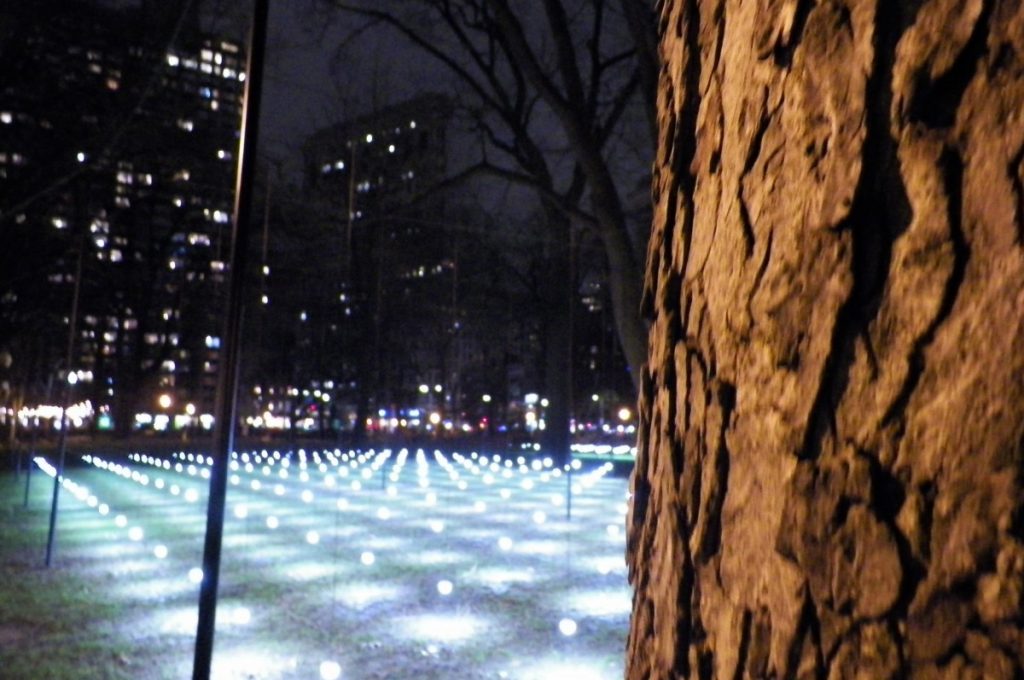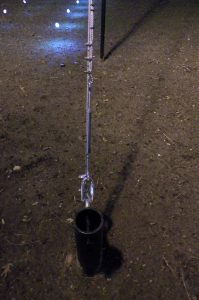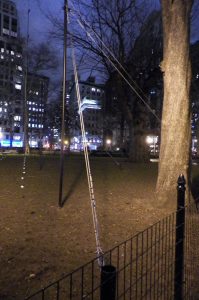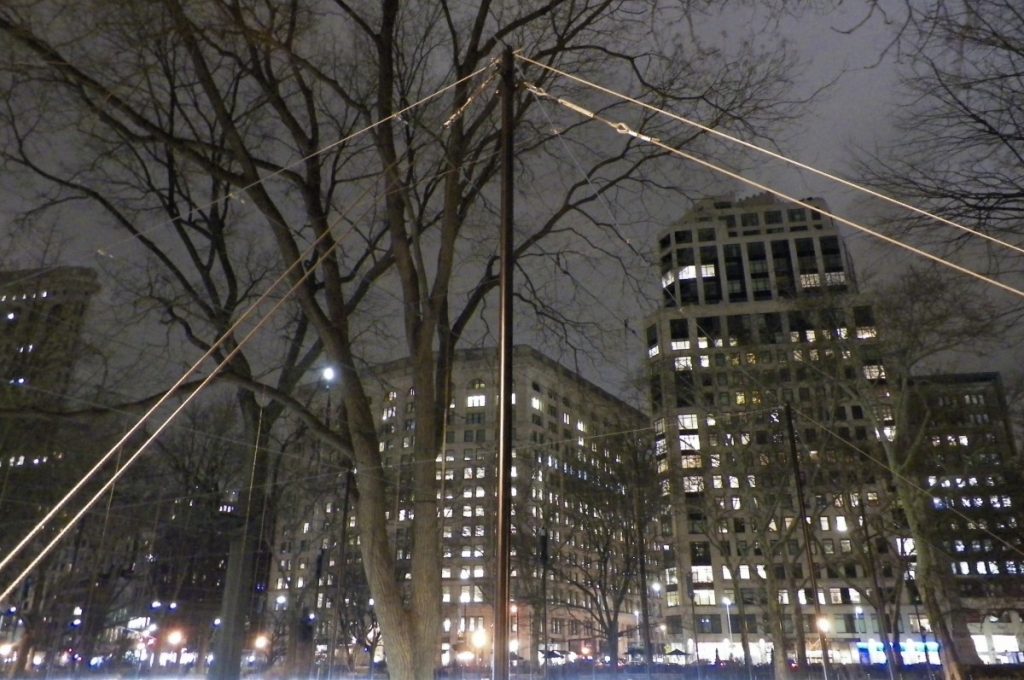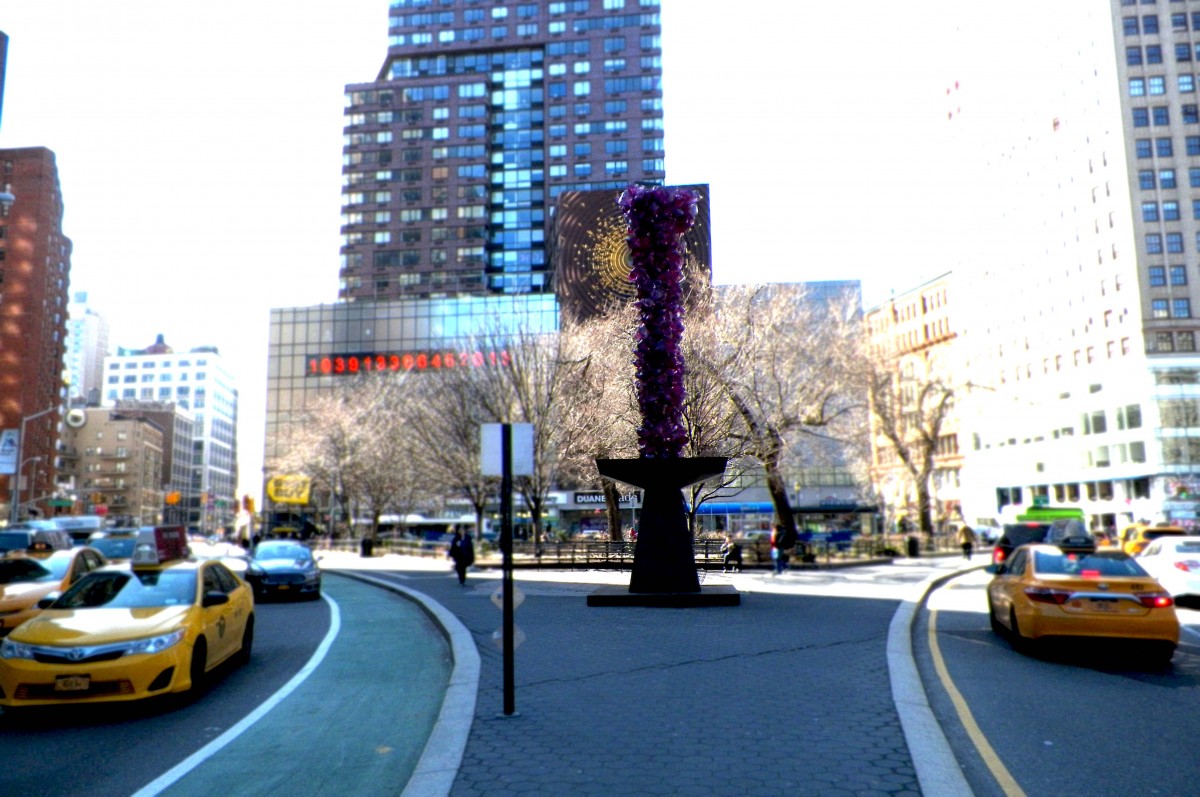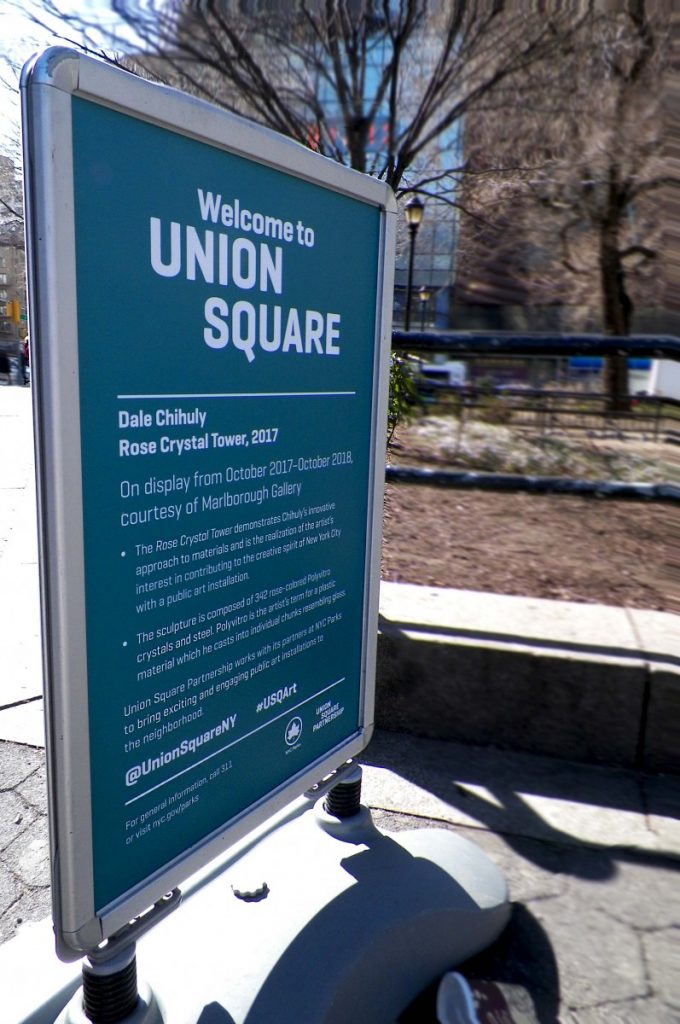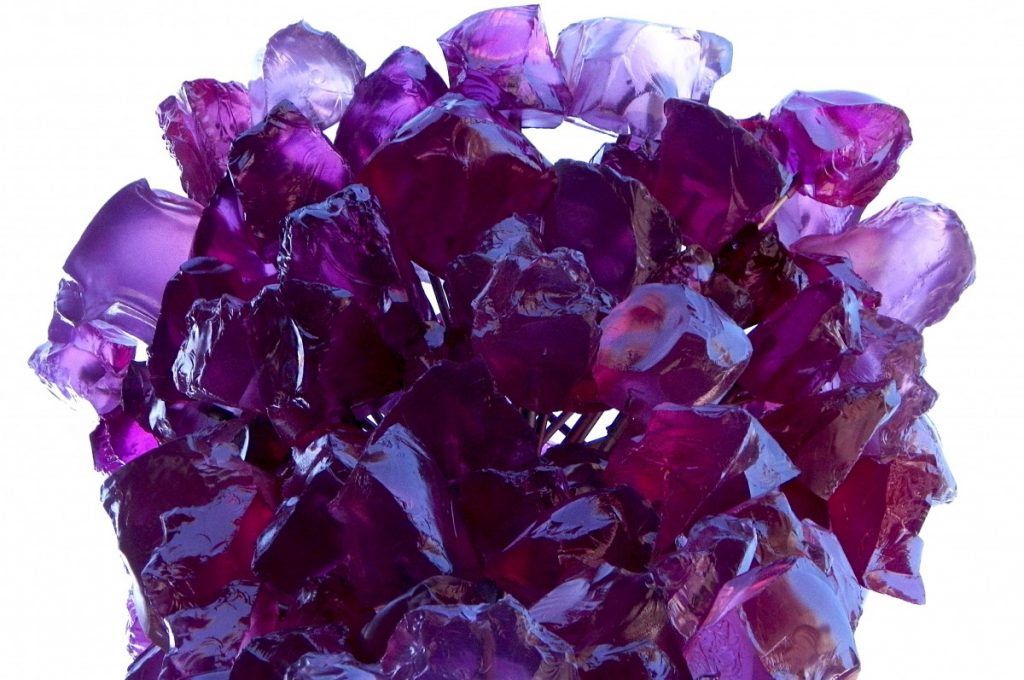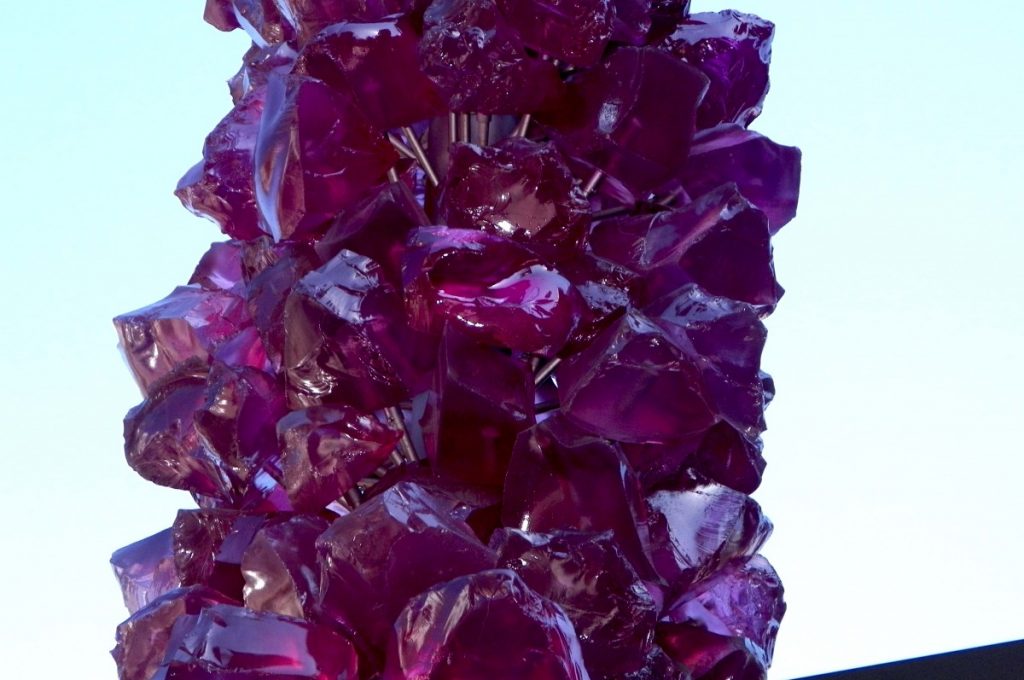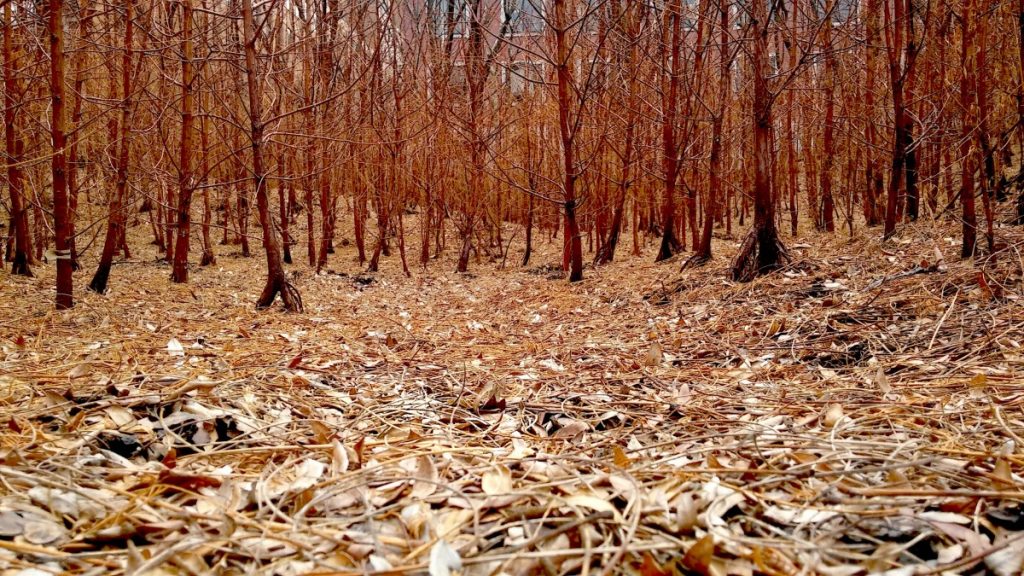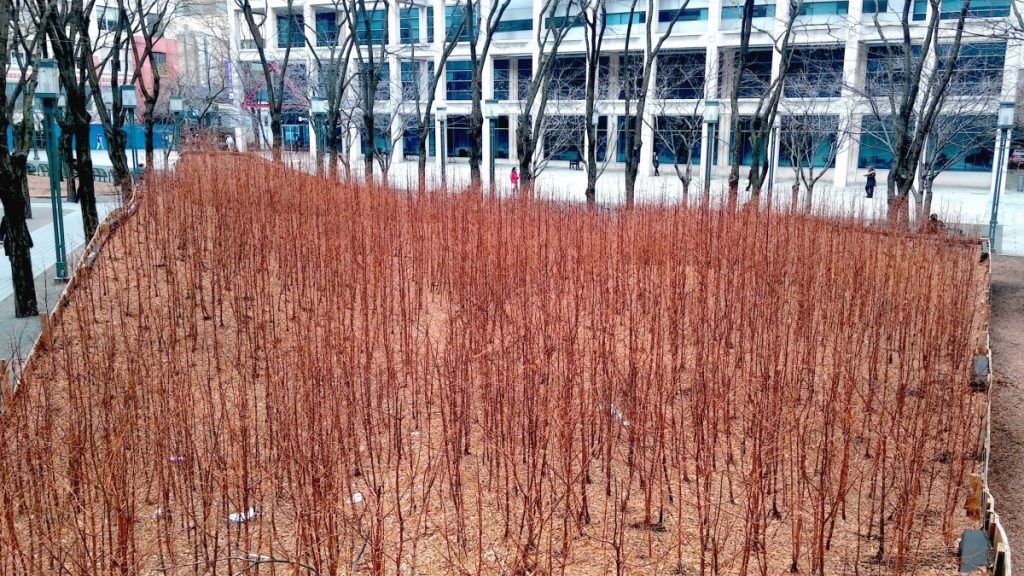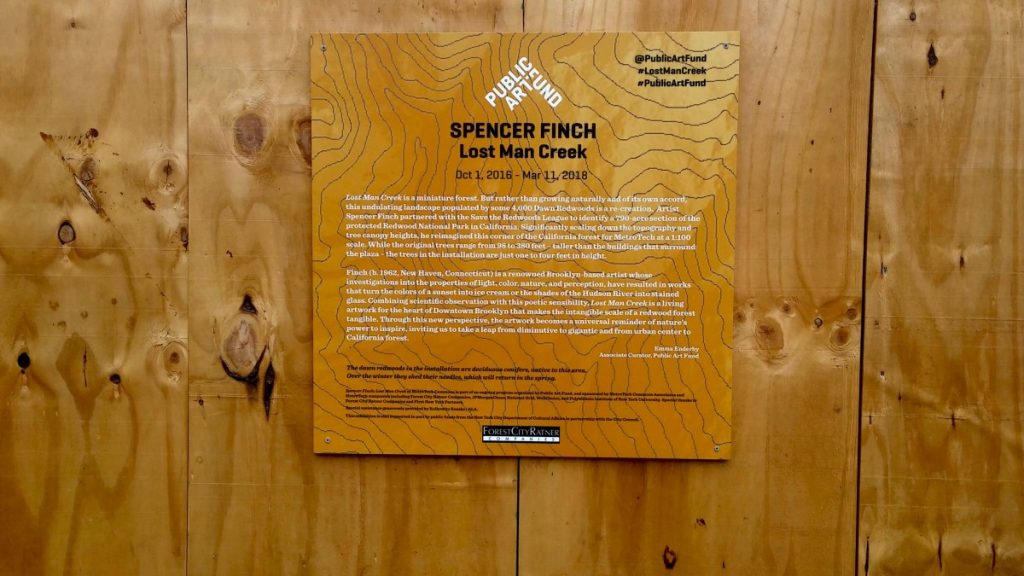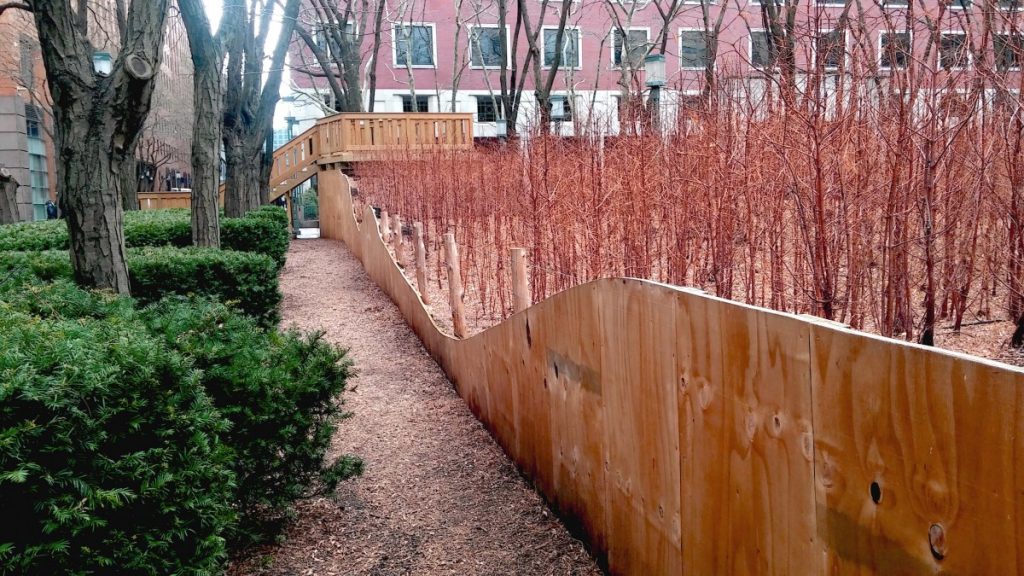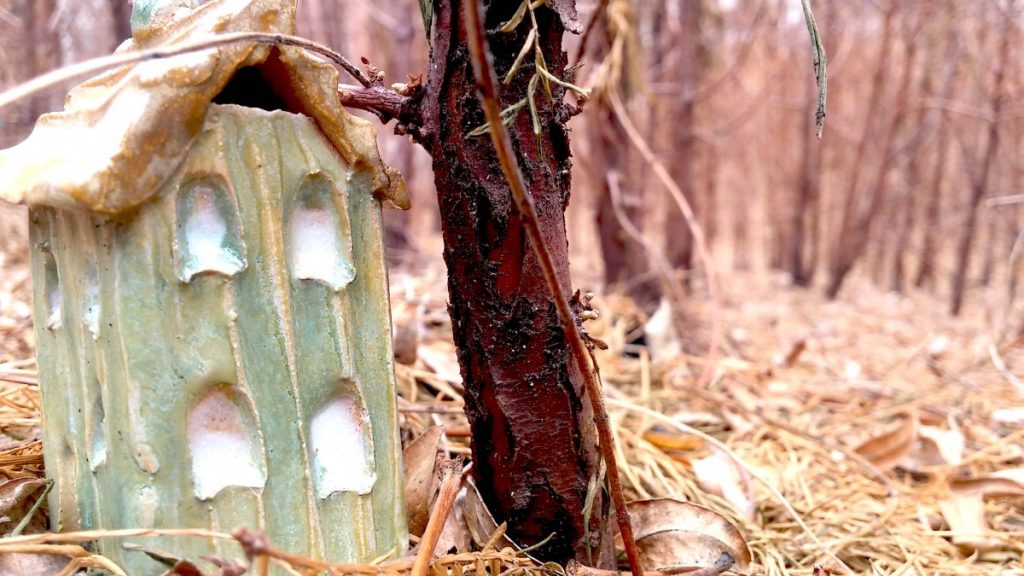On a beautiful day like today the place to be is outside, enjoying the sun and soaking up all of vitamin D that we greatly missed throughout the harsh snow and, seemingly, nonstop rain of the spring. We all know of the parks relatively near City Tech but there are many others that aren’t too far away. Only 25 minutes off campus is an amazing interactive park called the Pratt Institute Sculpture Park. Because what’s better than walking through the park on a sunny day while looking at art?
Pratt Institute was founded by Charles Pratt in 1887; it was meant to be an affordable college for industrial studies. Pratt based the school around everything he wished he could have obtained, having had gone to college. Being a prosperous business man, gave him the resources to provide this type of educational tool to the working class Americans of the time. He decided to purchase land in his neighborhood, Clinton Hill, Brooklyn, which would later be home to the sculpture park. Pratt wanted to keep the college in his hometown and it gives us, many generations later, the essence of his passion for the school.
By the time of the late 1970’s into the 1980’s, the school took a financial downfall. Since Brooklyn became a shoddy neighborhood and the enrollment rate faced an all-time low. The crisis ensued into the early ‘90’s until the new president of the school, Thomas F. Schutte, decided to do something really radical. In 1993, he decided to close the School of Engineering since the vast majoral popularity was in the architectural school. Students were transferred and faculty was redistributed, but the college remained open and used the financial turn to enrich the college and hopefully regain its popularity to potential students.
To beautify and update the campus, they decided to improve their historical buildings/halls and turn the court-field into a sculpture park. The park opened in 1999, all thanks to David Weinrib for conceiving such a beautiful plan. It began with just about fifty sculptures sprawled across the yards and gardens. According to Pratt Institute, they now have seventy sculptures, all donated from students, faculty, and graduates. The art is always evolving, and they even featured a “LOVE” sculpture around six years ago.
So if you are ever in the mood to shake up your usual routine and lounge in the sun, try Pratt Institute’s Sculpture Park. Visiting hours are 7 a.m. – 7 p.m.

